Potassium salt: what is it and how to use it?
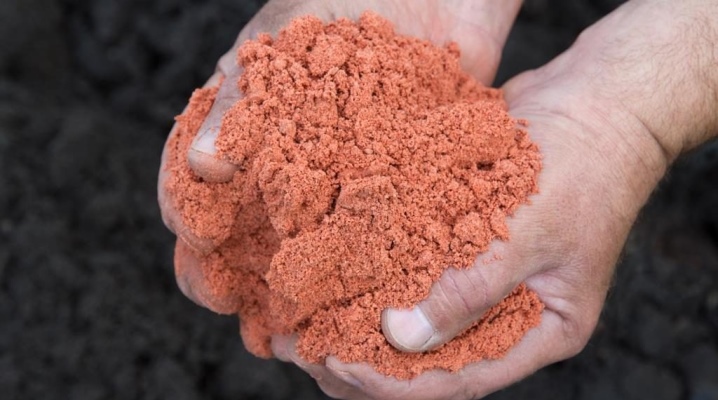
In modern plant growing, various mineral fertilizers are widely used, one of which is potash salt. With its help, agricultural crops increase yields, plants become more resistant to various types of diseases, and also better tolerate hot summer temperatures and winter frosts. In addition, the harvested crop, which was grown using potassium components, has improved taste properties and retains its freshness during long-term storage.
Mineral fertilizers based on potassium can be saline or complex... Salt-like types of feeding are good because they dissolve easily in water, so they are used more often. Potash salt is mined from potash rock, which is found in natural deposits, but in order to obtain a product suitable for plant fertilization, the mineral ore is preliminarily purified from impurities.
The main task of potash dressings is to compensate for the lack of potassium in garden and vegetable garden plants.
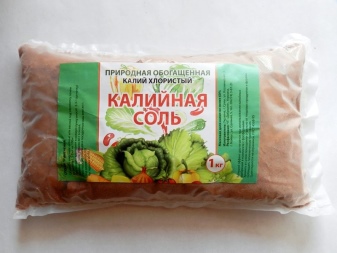
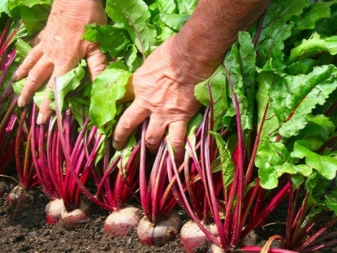
What it is?
Potassium salt was formed on the site of natural reservoirs, where after the evaporation of salt solutions, potassium deposits remained. From a chemical point of view, potassium salt is usually understood as potassium chloride, its formula looks like KCI - this compound contains chlorine and potassium. The macronutrient is currently relevant on an industrial scale, used in metallurgy, medicine, in the agricultural sector and other areas.
Potash salt is a raw material for the production of fertilizers. In crystalline powder form, this component is readily soluble in water, while potassium in its pure form does not have this property.
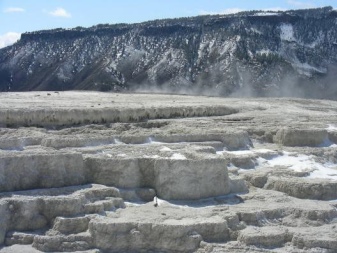
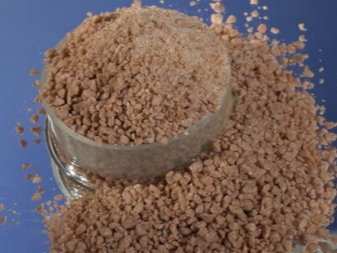
Natural potassium salt always contains a certain proportion of chemical impurities. Almost half of them are the sylvin component, and it is he who is valuable as a fertilizer. Slightly less carnallite is present in the composition of potassium salt, and other chemical impurities may be present in small amounts - magnesium, sulfur, sodium. Mineral raw materials are purified industrially, and today 5 main types of fertilizers are produced on the basis of potash salt.
- Potassium salt Is a component completely free from foreign chemical impurities. It is used for autumn plant nutrition.
- Kalimagnesia - fertilizer, which, in addition to potassium, contains 10-15% magnesium. The product is used for feeding flax, clover and potatoes.
- Potassium sulfate - a preparation that has lost the components of magnesium, sodium and chlorine during the purification process. It is a universal fertilizer that is most used for berry and fruit crops.
- Potash saltpeter - includes in its composition potash salt with a chlorine content, as well as sylvinite and kainite components. The tool has established itself as a growth activator for plants. It is used for feeding seedlings and greenhouse crops, accelerating their fruit ripening phase.
- Potassium chloride - in addition to potassium, this product contains up to 60% chlorine components. It is used only in autumn to prepare plants for wintering. The product is not suitable for feeding berry and fruit crops during their growing season and fruiting.
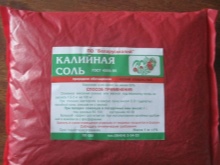
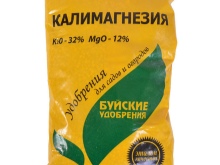
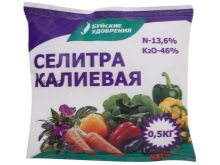
Potash salt can be obtained not only through the development of its natural deposits. Wood ash contains trace elements potassium, chlorine, magnesium, phosphorus and calcium. This tool is affordable and suitable for year-round use, its versatility is suitable for all types of crops, regardless of their life cycle.
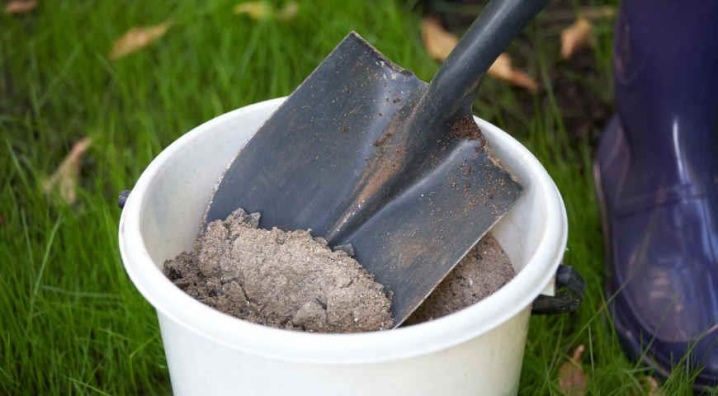
Properties
Achieving high yields depends not only on good care, but also on the saturation of the plants with the microelements they need. If we compare potassium with nitrogen, which gives a rapid increase in green mass, then potassium salt is not so noticeable in its manifestations, but its lack will significantly change the appearance of plants for the worse.
Potassium is one of the main components that is necessary for green spaces for the normal course of their photosynthesis process. Under the influence of this trace element stimulates enzymatic work in plant tissues, increases immunity and resistance to adverse weather conditions.
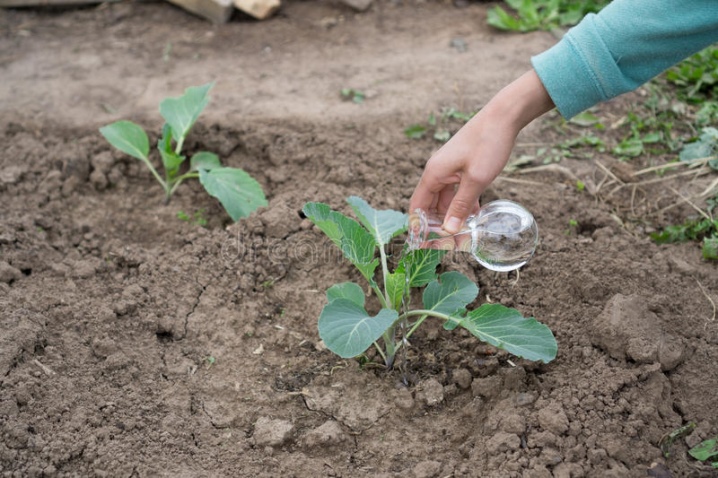
The use of potassium salt in the agricultural technology of growing horticultural and horticultural crops is necessary for the following reasons:
- in plants, resistance to high and low temperatures increases, resistance to lodging increases, the structure of tissue cells is strengthened;
- increased resistance to fungal diseases and putrefactive infections, increased resistance to the effects of insect pests;
- in the process of ripening, the fruits are enriched with vitamins, starches and sucrose accumulate in them, which allows the fruits to be stored for a long time;
- fruit and vegetable crops adapt faster when planting them in a permanent place of growth when picking seedlings.
To make potash fertilizers more effective, they are often combined with elements of phosphorus and nitrogen. This combination, according to the observations of experts, gives the highest yield results.
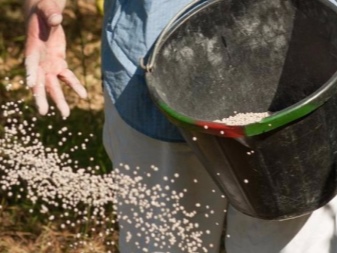

Advantages and disadvantages
Potassium salt, used as a fertilizer for plant nutrition, has its own advantages, but also has some disadvantages.
Positive aspects of potassium salt:
- crystalline potassium tends to dissolve quickly in an aqueous medium;
- in comparison with other fertilizers containing potassium, potassium salt has the highest concentration of this element;
- when applied to the soil, fertilizer improves its structure, and also activates the growth of microflora;
- promotes the vigorous activity of enzymes that take part in photosynthesis and cell formation;
- increases the abundance of flowering and the number of formed fruit ovaries;
- helps to improve the palatability of fruits by accumulating carbohydrate components in them and in plant tissues - sucrose, fructose and others;
- when nitrogenous components are introduced into the soil, it promotes their assimilation by plant cells, improving metabolic processes in them;
- increases the ability of plants to adapt to changes in day and night temperatures, increases frost resistance, improves the adaptation of seedlings when picking;
- increases the yield and shelf life of fruits;
- the product has a low cost and is economical when used even on large areas for processing plants.
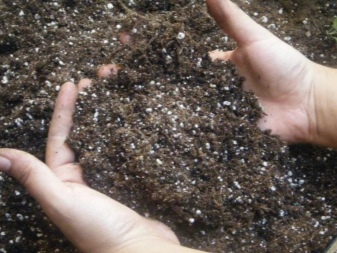
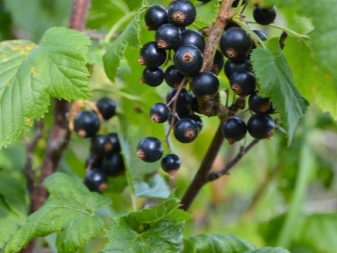
Despite its many advantages, potash salt also has certain disadvantages:
- chlorine is present in the fertilizer, which can lead to a change in the pH level of the soil towards salinity;
- the product cannot be used for foliar dressing;
- exceeding the recommended dosages can lead to the death of the plant.
Mineral fertilizers based on potassium salt, containing chlorine, are not advisable to use for feeding plants from the Solanaceae family - tomatoes and potatoes. Tomatoes from such a remedy can acquire altered taste properties, and potatoes will have a low starchy content.
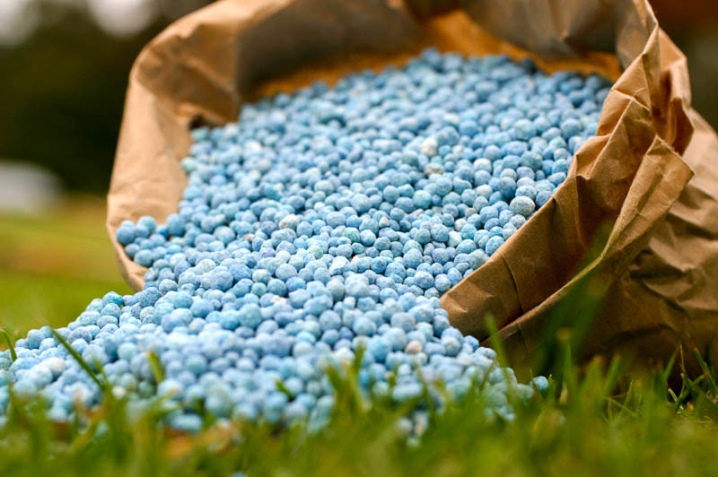
Where is it used?
Potash salt is widely used not only in agriculture. It is used for the production of detergents, in the manufacture of glass, paints, with the help of this component, leather is processed, pyrotechnic products are created, and used in photo laboratories.
In order to feed plants, fertilizers with potash salt are used in the fall, for digging before the onset of winter cold weather. Most often, fruit trees and berry bushes are fed in this way. Sometimes fertilizers are applied in the spring, but only if the soil has good moisture and drainage - this is the only way to be sure that the chloride components will be quickly removed from the soil by streams of water. Since in summer the movement of water in the soil slows down, fertilizers with potassium salt are not used.
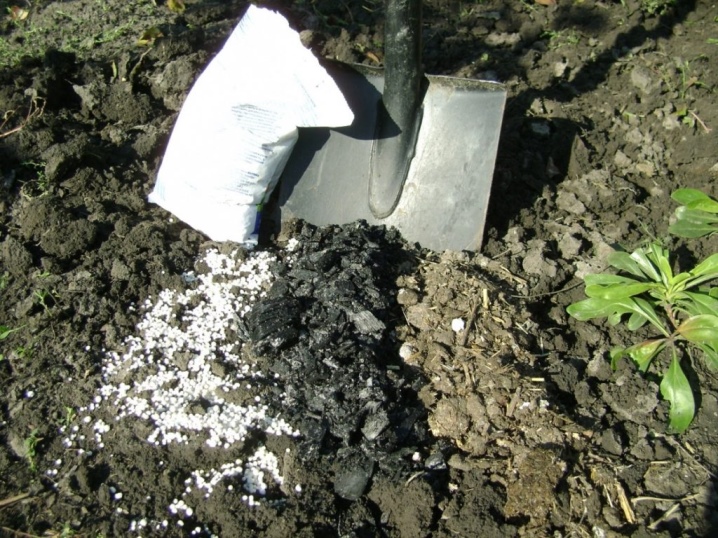
It is necessary to use potassium salt if the plants have clear signs of a lack of potassium:
- leaf plates become smaller and become stained with a rusty hue, the lower leaves die off;
- the stems of the plant stretch, turn pale and deform, the internodes of the shoots are shortened;
- the yield is significantly reduced, the fruits become smaller and after harvesting are poorly stored;
- no increase in green mass is observed, the plant lags behind in development;
- the ends of the leaf plates begin to turn yellow, dry and die off;
- the plant is often exposed to some form of disease.
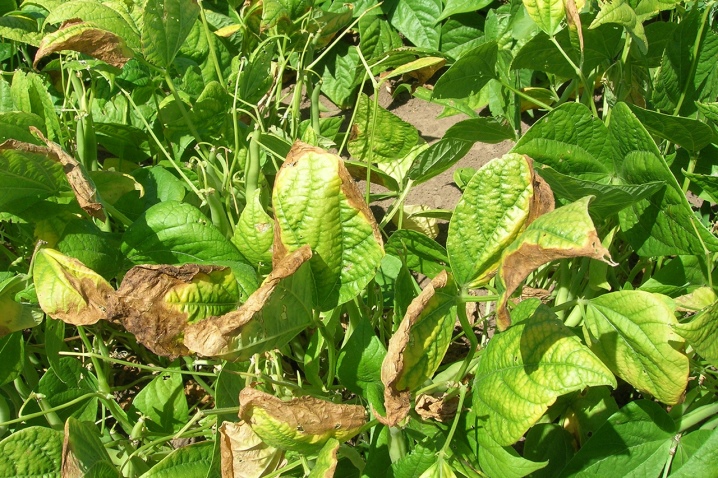
If such symptoms are found in green spaces, it is required to use potassium salt... It is evenly spread over the soil surface and digging is carried out. For surface treatment equal to 1 sq. m, you will need to take no more than 20 g of fertilizer. In order to increase the efficiency and increase the acidity of the substrate, you can mix the fertilizer with chalk, lime or dolomite flour.
Experts believe that after receiving a bountiful harvest, the soil will need to be fertilized with potash fertilizers to prepare for the next season.
There is a pattern: the higher the yield, the more potash components should be added to the soil in order to restore its fertility. For example, when growing grapes, the soil needs to be fertilized every year, since this culture absorbs a fairly large amount of potassium.

However, not all crops are equally fond of this top dressing and need large portions of potassium.... Most of all, root crops need it - potatoes, radishes, onions, carrots, radishes, beets. From garden crops, peas, cabbage, peppers, lettuce, pumpkin, melon respond well to feeding. Of berry crops, currants, gooseberries, apple trees, pears, and plums are the most in need of potash fertilizer.
Garden crops need to be fed during the period of their growth. Horticultural crops fertilized at the beginning of the summer season, when the shoots and buds are being laid, and then they need to be fed in the middle of summer, before the fruits ripen. Berry plants it is advisable to fertilize with a preparation of potassium sulfate. Fertilizer with potassium salt is also applied during planting cucumbers and potatoes. Crystals are poured directly into the planting hole or the seedlings are watered with a working solution. Flower crops start feeding in mid-spring.

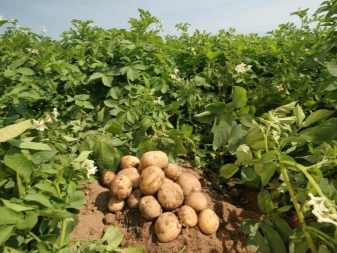
Instructions for use
Peat bogs, sandy loam and sandy soils, as well as podzolic substrates have an insufficient amount of potassium. Most of all potassium salts are found in clay soils.
The procedure for fertilizing the soil is as follows.
- Top dressing of fruit and berry crops. Potassium salt is mixed with superphosphate in a 1: 1 ratio, taking 20 g of each ingredient per 1 sq. m of the area of the trunk circle.
- Fertilizer for strawberries. For each square. m of the garden area, you need to take 30 g of superphosphate and 15 g of potassium sulfate. The composition is evenly applied to the soil surface and dug deeply. Potassium salts are inactive, and in order to carry out good nutrition, deep embedding of fertilizer into the ground, at least 30-35 cm, will be required.It should be remembered that direct contact with the fertilizer on the roots of plants should be avoided, as burns and death of the roots may result.
- Autumn and spring feeding. For processing 1 sq. m of area use up to 20 g of fertilizers. In the fall, they are brought into the soil and dug up just before the onset of cold weather, when the harvest has long been removed. In the spring, fertilizers are applied 15-20 days before the plants are planted in open ground. Fertilizers are buried by 20-25 cm by digging up the soil.
- Potassium introduction for potatoes. In the spring, in the process of planting a root crop, 1 tbsp is preliminarily placed in the hole. l. powder, which is mixed with the substrate, after which the planting material is placed in the hole.
- The introduction of potassium when planting fruit shrubs and trees. To feed the seedling, 50-100 g of fertilizer with potassium is poured into the planting hole (50 g is enough for bushes), then it is mixed with the soil substrate. This amount of potash fertilizers will be enough for plants for 2-3 years, after which top dressing must be applied again.
- Top dressing of root crops... Beets and carrots should be fertilized about 30 days before harvest. Take 20 g of potassium salt and 40 g of superphosphate and dissolve them in 10 liters of water. Watering root crops is performed at the rate of 1 liter of working solution per 1 sq. m of the cultivated area.

There is no single regulation and scheme for feeding garden and garden plants with potash fertilizers. To determine the need for fertilization, you need to focus on the age and condition of the plant, the soil in which it grows, and climatic conditions.
Each agricultural crop has its own characteristics, knowledge of its needs for trace elements necessary for growth allows you to determine the schedule of fertilization and their amount.
For an overview of potash fertilizers, see the following video.













The comment was sent successfully.